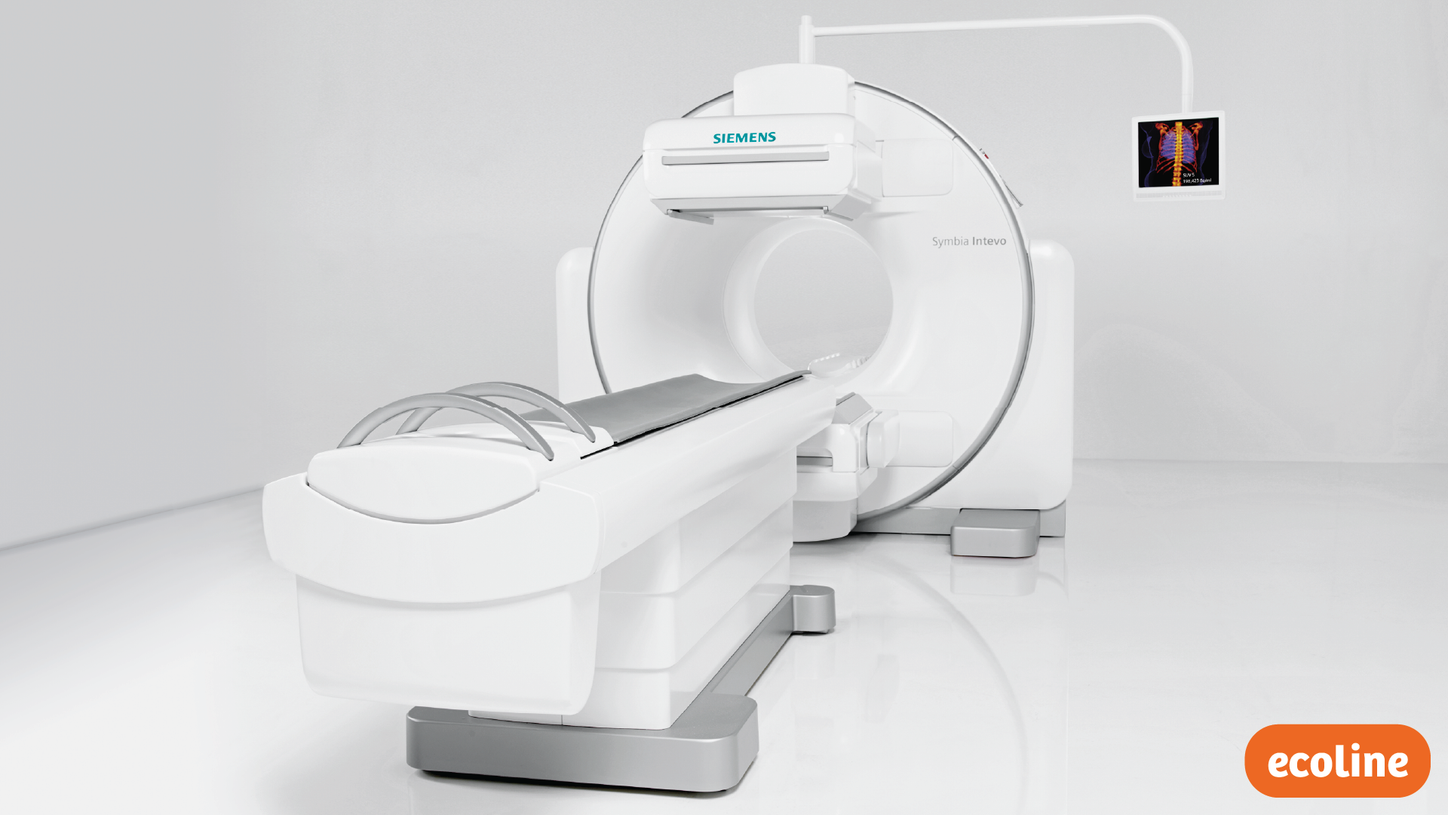Assessment of whole-body scatter correction for Ga-68 PSMA PETCT | | Harshali Bal, Inki Hong, Florian Buther, Mehmet Aykac, Klaus
Schafers, Maurizio Conti |
First human images from a next generation SiPM based PET/CT system | | Mike Casey, Ziad Burbar, Harold Rothfuss, Vladimir Panin, Deepak
Bharkhada, William Howe, Yong Bradley |
Quantitative Y-90 PET for dosimetry applications | | Yuni Dewaraja, Hongki Lim, Neal Clinthorne, Jeffrey Fessler, Yuni Dewaraja, Maurizio Conti |
Using EQ.PET to reduce reconstruction-dependent variation in FDG PET brain imaging | | M. Vanhoutte, R. Lopes, F. Semah, R. Fahmi |
Comparison of an image-based to an atlas-based volume of interest for DaTScan quantification | | Rachid Fahmi, Sven Zuehlsdorff |
Estimation and reliability of myocardial blood flow after motion correction with dynamic PET using a Bayesian framework | | Antione Saillant, Kimberley Saint, Matthew Memmott, Ian Armstrong, Vijay Shah, Sven Zuehlsdorff, Jérôme Declerck, Mark Jenkinson, Michael Chappell |
Robustness of EQ-PET SUV harmonization to tumor-to-background variation | | Bruce Spottiswoode, Vittoria Mattoli, Margherita Milite, Maria Lucia
Calcagni, Alessandro Giordano, Luca Indovina |
Quantitative SPECT Neuroimaging using a Data Driven Estimation of Attenuation from the Projection Data Alone | | Xinhong Ding, A. Hans Vija |
Assessment of Statistical Dose Uncertainty Propagation for Lu1771 SPECT Imaging with an Automated Internal Dosimetry Research Tool as a result of fast SPECT Acquisition Protocols | | A. Hans Vija, Michal Cachovan |
Diagnostic value of quantitative 99mTc-DPD-SPECT/CT for the detection of prosthetic loosening in patients with hip and knee joint replacement. | | Martin Braun, Michal Cachovan, Geert Pagenstert, Damian Wild, Martin Kretzschmar |
Assessment of Dose Uncertainty Propagation using standardized Quantitative Lu1774 SPECT Imaging and an Automated Internal Dosimetry Research Tool | | A. Hans Vija, Michal Cachovan |
First Clinical Experience with Ultra-High Resolution Multi-Focal Collimators for Tc-99m-PSMA Imaging | | Christian Schmidkonz, Claudia Hollweg, James C. Sanders, Michael Beck, Daniela Schmidt, A. Hans Vija, Torsten Kuwert, Philipp Ritt |
xSPECT derived absolute SUV: An emerging accurate tool for I-123-ioflupane analysis | | M. Jreige, F. Tabotta, M. Nicod Lalonde, R. Fahmi, N. Schaefer, G. Allenbach, J. O. Prior |









